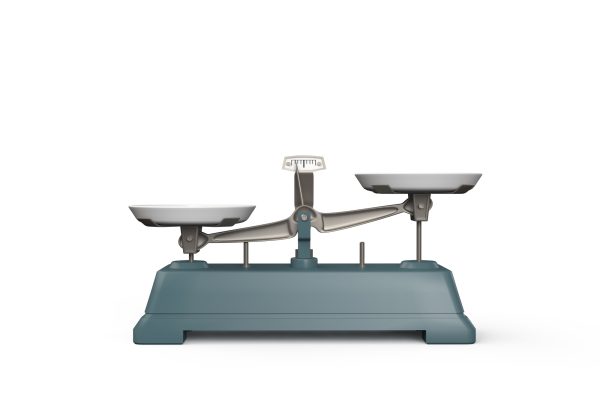Could the Recovery Be Too Strong?

Monetary policy remains highly accommodative, as unemployment is still high in the aftermath of a sharp, deep recession, while inflation remains below the Fed’s 2% plus objective. Many people fear that the Fed’s injection of trillions in liquidity will cause inflation to surge. We do not see rising inflation as a serious risk this year, so any concerns about inflation are premature. But it could become a problem depending on fiscal and monetary policy actions this year and next.
The Fed continues to inject liquidity into the markets aggressively, buying $80 billion in U.S. Treasuries and $40 billion in mortgages every month. As a direct consequence, measures of money supply have increased very sharply and many investors worry that higher inflation is coming soon. But such a simplistic extrapolation is simply not warranted. We heard precisely the same concerns following the last recession and inflation remained quite tame. In fact, for a number of years during the recovery, many pundits predicted that deflation was coming soon. That didn’t happen either. It is worth considering what happened.
Inflation, defined as broad, sustained rising prices, is fundamentally the result of demand that cannot be satisfied by increases in output. Operationally, no market is more important than the labor market. When labor becomes scarce, its price increases and that pervades the entire economy. There’s really no place to avoid the imbalance. Once labor costs start rising more quickly, it becomes impossible to prevent those cost increases from flowing into the prices of goods and services more broadly.
In the aftermath of the credit crisis in 2008, the economic recovery was only moderately paced, enabling the economy to easily funnel unemployed labor into jobs in the parts of the economy that were recovering. Without bottlenecks, prices remained fairly stable, even though the Fed injected massive amounts of liquidity into the financial system. Only at the very end of the last cycle in 2019, when the unemployment rate had declined to 3.5%, did we start to see the early signs of upward pressure on labor costs. Had the pace of the expansion been faster, bottlenecks probably would have occurred earlier in more places and inflation pressures would more likely have arisen sooner. Instead, everything was disrupted by the pandemic and unemployment surged.
Following the collapse that occurred in the second quarter of 2020, economic activity rebounded very sharply in Q3 and the sheer momentum of that strength implies a very strong Q4, which will be reported in the coming week. The outlook for Q1 is far less sanguine, since the rise in Covid cases has been followed by numerous shut downs and restrictions in many cities, states and countries. Nonetheless, almost all forecasters anticipate a strengthening of the U.S. recovery in Q2 and beyond, as vaccinations become widespread and activities move back towards normal. As I’ve noted before, this will be a globally synchronized recovery, so it is plausible, even likely, that it will be quite strong. But could the recovery be too strong?
Significant fiscal stimulus was passed in the waning days of the Trump Administration to help bridge the gap until vaccinations become more widespread. The new Biden Administration is seeking another fiscal stimulus package of $1.9 trillion, which is simply massive by itself, but certainly on top of the previous package. If passed, it could propel the economy at an unsustainably rapid recovery pace, which could produce bottlenecks and rising prices. A fiscal package only half as large, which seems more likely to gain approval, would still be sizable and risk inflation pressures sooner than commonly believed, especially if the Fed maintains its bond buying program. But the Fed understands that a strong fiscal stimulus program would reinforce monetary stimulus. No doubt, the Fed will be watching very closely to see how much stimulus is added to the economy and how quickly unemployment declines. There is plenty of time for the Fed to adjust policy as the inflation data reveals the economy’s response. There is no reason we should simply assume that a surge in inflation is inevitable.
So, how does this play out in the market? We expect long-term interest rates on Treasuries to rise gradually, irregularly this year, because we do not expect any surge in inflation. Investors do look ahead however, so rates will rise in anticipation of higher inflation risk in 2022. The kind of rate rise we envision doesn’t pose a threat to stock prices. If we’re wrong and the economy and inflation pick up faster than is widely expected, we will see that most clearly in a rapidly declining unemployment rate.
About the Author
Dr. Charles Lieberman
Dr. Charles Lieberman is the Chief Investment Officer and co-founder of Advisors Capital Management, LLC. Dr. Lieberman began his professional career as an academic at the University of Maryland and Northwestern University. After five years in academia, he joined the…
About the Author



LATEST ARTICLES